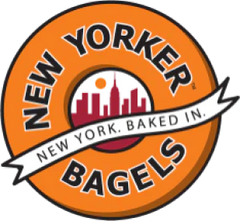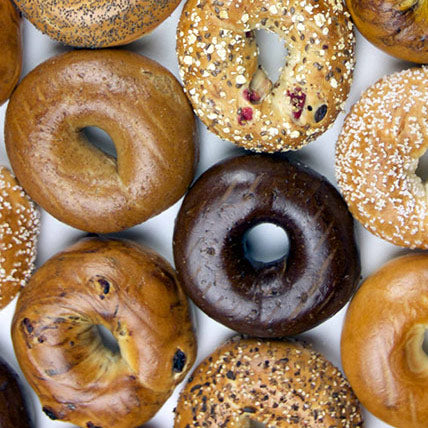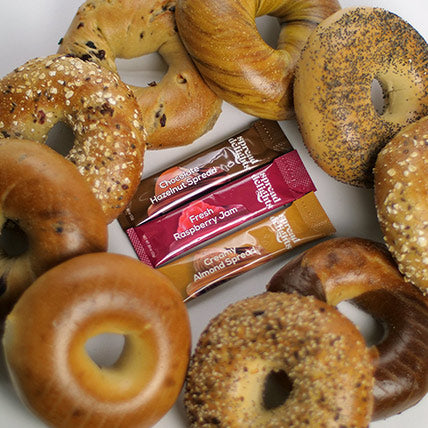The rise of the bagel in the U.S. will always be inextricably tied to rise of a trade union – specifically, Bagel Bakers Local 338.
The 338 was a federation of nearly 300 bagel craftsmen who banded together in Manhattan in the early 1900’s. It was set up according to strict rules that limited new membership to the sons of current members. By 1915, it ran 36 bagel bakeries in New York and New Jersey with an iron fist, and had set the standard by which New York bagels would be judged for decades.
The original New York bagel weighed in at a slight three ounces, making it about half the size of the modern day bagel. They were made entirely by hand, in groups of four men – two to make and shape, one to boil, and a fourth to bake to cursty, brown perfection. When finished, the fresh bagels were put on strings in batches of five dozen, and left on the doorknobs of retail accounts.
The Local 338 maintained control of the bagel market until industrial bagel-making machines were introduced to the market in the early 1960’s, and the bagel industry changed forever. Flavored bagels became the rage, and the bagels got bigger and softer, in part due to the “supersize” trend of the ‘80s.
Fillings also got heavier – a schmear became a hefty 4-6 ounces of cream cheese, and more toppings were piled between sliced bagel halves. While all of this is not necessarily a bad thing, what about those who long for the bagels of our youth?
New Yorker Bagels offers “mini-bagels” in a variety of flavors, bringing back the smaller bagel along with an authentic taste and texture. A smaller bagel cuts calories significantly, and if you eat two small bagels instead of one big one you feel fuller. Could it make sense to switch back to mini-bagels?



























